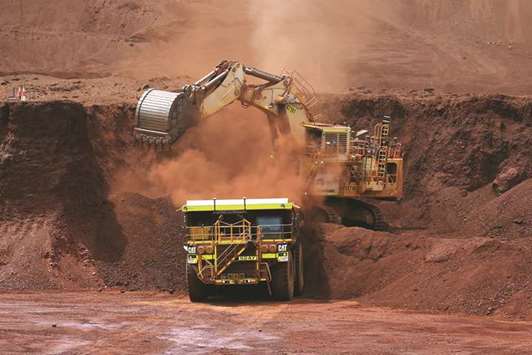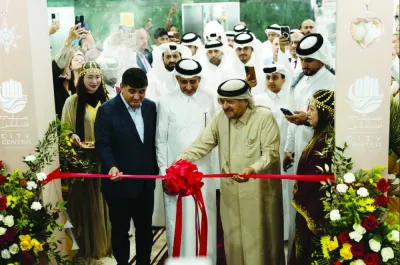Canada-based Kirkland Lake Gold listed its shares on the Australia bourse yesterday after investing millions of dollars and joining dozens of other prospectors in a modern-day gold rush.
Kirkland Lake expects to produce a quarter-million ounces of gold in 2017 from a mine it bought a year ago in eastern Australia and is also dipping a toe into a tantalising new gold region on the other side of the continent.
More than 25 publicly-listed companies and legions of small prospectors are exploring for gold on the western fringe of Australia in an area known as the Pilbara, better regarded for iron ore.
The target is gold occurring in clusters of pebbles and which investors such as Kirkland are betting will compare in size with South Africa’s massive Witwatersrand Basin, where more than a third of the world’s gold has been mined.
“It’s an exploration story right now,” Kirkland chief executive Tony Makuch told Reuters.
“But I’ve been there and picked up pieces of gold myself,” he said.”We’ve just got to figure out how big it is and how much it’s worth.”
People have made fortunes mining iron ore in the Pilbara, including Gina Rinehart, the world’s richest woman, according to Forbes.
But until now no-one’s much looked for gold.
However, in the past year a record 1,896 gold prospecting licenses were granted by the Western Australia Department of Mines, many for individual prospectors known as “detectorists” trying their luck.
“The Pilbara will be the next big thing or we’ll be looking back in 12 months saying, ‘oh, that was interesting and that’s all’,” said Joe Treacy, managing director of explorer Marindi Metals.
This month, Marindi found 63 separate pieces of gold, the biggest a 6mm nugget (1/4 inch), sending its stock up 42%. The excitement stems from the discovery of gold in July by another Canadian company, Novo Resources, at the Purdey’s Reward prospect with joint venture partner Artemis Resources.
Novo’s samplings uncovered watermelon seed-shaped nuggets.
Then in September De Grey Mining discovered more nuggets at a spot named Louden’s Patch, 100km (62 miles) to the east of Purdey’s Reward.
Novo shares have leapt more than six-fold since January, while De Grey’s shares are up nearly five-fold.
A month ago, Kirkland Lake’s chairman, Canadian billionaire Eric Sprott, invested A$5mn ($3.8mn) through Sprott Capital Partners in Kairos Minerals, another explorer in the region.
Kirkland Lake already holds 18.2% of Novo via a A$56mn investment, and earlier this month subscribed to A$5mn of De Grey Mining shares, pending shareholder approval.
Out in the Pilbara, prospecting is proving particularly popular among so-called “grey nomads,” retirees with a bent for travelling around the country in caravans and motor homes.
It took retired carpenter Pete Caudwell just three days to find two dozen gold nuggets — almost enough to pay for his A$6,000 metal detector.
With overhead costs now covered, Caudwell, who still speaks with a thick British accent half a century after migrating to Australia from Nottinghamshire, is looking to turn a profit.
“I’ll be back again after the summer passes to try my luck again,” Caudwell said. “It’s too hot to prospect on my own there now.”
But for mining companies it could take years to determine if enough gold exists to start mining on a commercial scale.
“It is very early days and despite the publicity, there is a great difference between an exploration play and a successful mining venture,” said Sandra Close, a director of gold consultancy Surbiton Associates. “Exploration is a risky and expensive business.”

An excavator loads ore into an autonomous dump truck at Solomon Hub mining operations in the Pilbara region of Australia. More than 25 publicly-listed companies and legions of small prospectors are exploring for gold in Pilbara.


